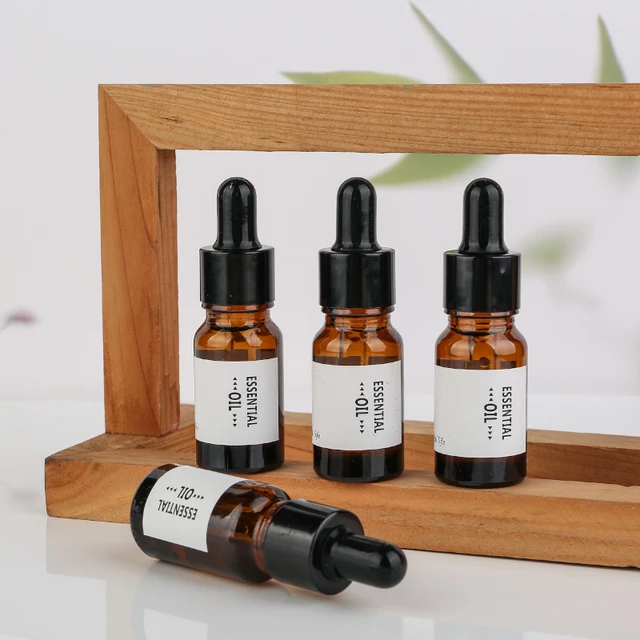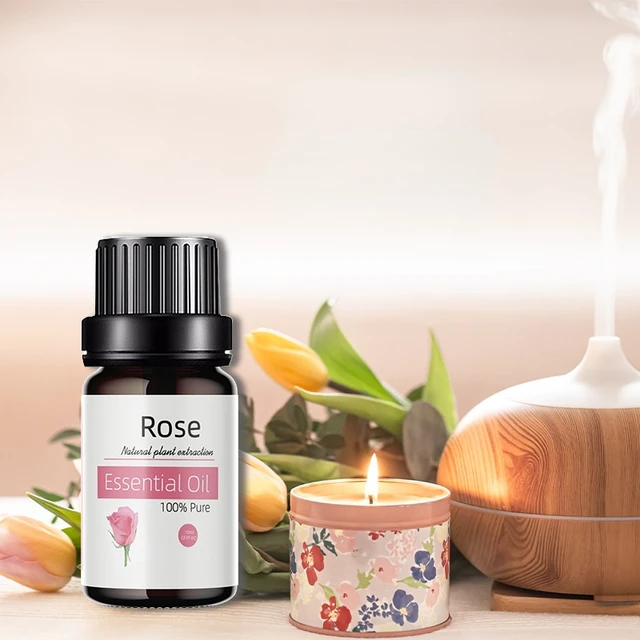 Introduction:
Introduction:
Adding fragrance oil to candles is a wonderful way to enhance their ambiance and create an inviting atmosphere. However, determining the right amount of fragrance oil to use can be a bit challenging. Too much oil may lead to poor candle performance, while too little may result in a weak scent throw. In this practical guide, we will explore the factors to consider when adding fragrance oil to candles and provide simple guidelines to help you determine the appropriate amount for a well-fragranced candle.
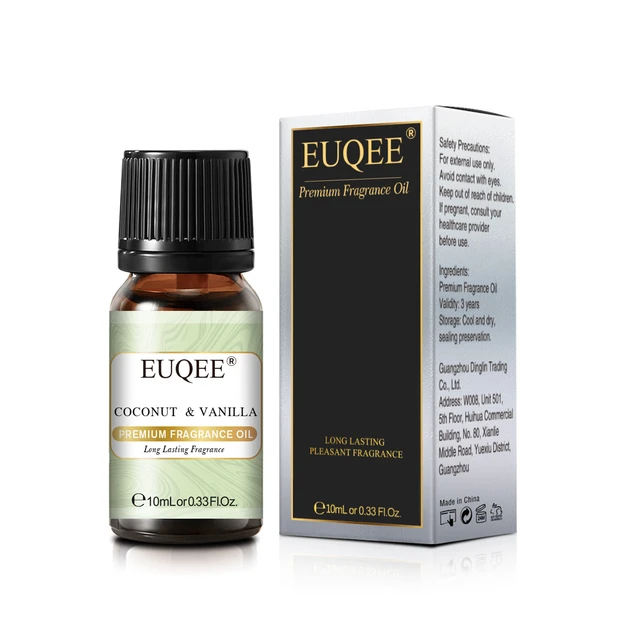 Introduction to Fragrance Oil in Candles
Introduction to Fragrance Oil in Candles
Fragrance oil in candles adds scent, making them more enjoyable and creating a pleasant environment.
A. Enhancing the Candle Experience: Fragrance oils elevate candles beyond their decorative and illuminating purposes.
B. Considerations for Adding Fragrance Oil: Factors such as candle wax type, desired scent intensity, and the size of the candle should be considered.
Candle Wax and Fragrance Oil Compatibility
Different types of candle wax have varying capacities for holding fragrance oil.
A. Soy Wax: Soy wax generally requires a higher fragrance load due to its natural properties and better scent retention.
B. Paraffin Wax: Paraffin wax may have lower scent throw capabilities compared to soy wax, requiring a higher fragrance load.
C. Beeswax: Beeswax has a natural fragrance, so additional fragrance oil may not be necessary or may require minimal usage.
Determining the Fragrance Load Percentage
The fragrance load percentage is the recommended amount of fragrance oil to use based on the weight of the wax.
A. General Guidelines: Typically, a fragrance load percentage of 6-10% is suggested for most candle waxes to achieve a well-scented candle.
B. Manufacturer Recommendations: Check the fragrance oil manufacturer’s guidelines as they may provide specific recommendations for their products.
Calculating the Amount of Fragrance Oil
To determine the amount of fragrance oil needed, calculate based on the total weight of the wax.
A. Example Calculation: Multiply the weight of the wax by the fragrance load percentage (e.g., 8% of 1 pound of wax would require 0.08 pounds or approximately 1.28 ounces of fragrance oil).
B. Scaled-Up Calculations: Multiply the calculated amount by the quantity of wax being used (e.g., for 10 pounds of wax, multiply the calculated amount by 10).
Adjusting Fragrance Load for Personal Preference
Personal preference plays a role in scent intensity, allowing for adjustments to the fragrance load percentage.
A. Light Scent: Reduce the fragrance load percentage if a subtle scent is preferred, staying within the usage recommendations provided by the fragrance oil manufacturer.
B. Strong Scent: Increase the fragrance load percentage slightly for a more potent scent, ensuring it is within safe usage limits.
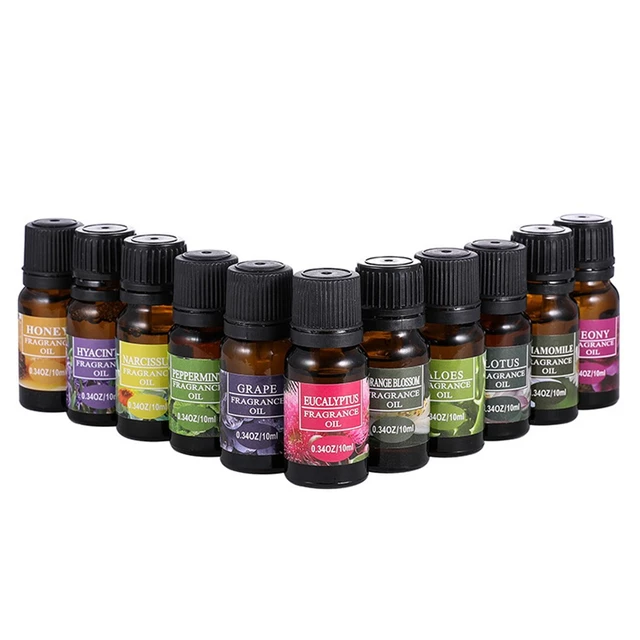 Testing and Fine-Tuning the Fragrance Level
Testing and Fine-Tuning the Fragrance Level
Conducting a test burn helps assess the desired scent intensity and make adjustments if necessary.
A. Burn Test: Burn a sample candle to evaluate the diffusion and strength of the scent, adjusting the fragrance load percentage if needed.
B. Note-taking: Keep records of the fragrance load, scent throw, and personal preferences for future candle-making reference.
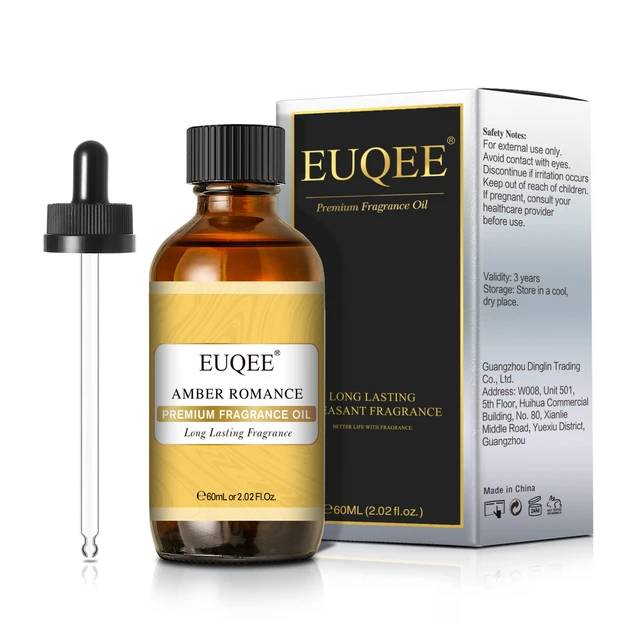 Considerations for Fragrance Oil Characteristics
Considerations for Fragrance Oil Characteristics
Different fragrance oils have varying strengths and behaviors, impacting the suggested fragrance load percentage.
A. Fragrance Potency: Some fragrance oils are more potent than others, requiring a lower percentage for desired intensity.
B. Fragrance Ingredients: Specific fragrance ingredients, such as vanilla or essential oils, might need adjustments in the fragrance load percentage due to their unique characteristics.
Main difference between fragrance oil and sachets
The main difference between fragrance oil and sachets lies in their form and usage. Here’s an explanation of each:
Fragrance Oil:
Fragrance oil, also known as perfume oil or essential oil, is a concentrated liquid that contains aromatic compounds. These oils are typically used in diffusers, candles, soaps, and other products to add scent. Fragrance oils are highly potent and require dilution before use. They are versatile and can be mixed to create custom scents. Fragrance oils offer long-lasting fragrance and can be used in various applications to enhance the ambiance and atmosphere of a space.
Sachets:
Sachets, or fragrant sachets, are small fabric pouches or packets filled with scented material. These materials can include dried flowers, herbs, potpourri, or even scent-absorbing beads. Sachets are commonly used in drawers, closets, or other small spaces to impart a pleasant fragrance and to prevent musty odors. They are typically placed among clothing or linens to keep them smelling fresh. Sachets release a more subtle and gentle fragrance compared to the concentrated oils used in diffusers.
In summary, fragrance oil is a concentrated liquid used for adding scent to various products such as diffusers and candles. On the other hand, sachets consist of scented materials enclosed in fabric pouches and are primarily used to freshen small spaces and impart a gentle fragrance.
Several important considerations:
When using fragrance oil for candles, there are several important considerations to ensure a safe and effective experience. Here are some key tips:
Choose Candle-Safe Fragrance Oils:
Not all fragrance oils are suitable for use in candles. Ensure that you select fragrance oils specifically formulated and labeled as safe for candle making. These oils are designed to withstand the heat and combustion process of candles without causing any issues.
Follow Recommended Usage Guidelines:
Each fragrance oil will have recommended usage guidelines provided by the manufacturer. Follow these guidelines carefully, including the recommended percentage of fragrance oil to use in your candle wax. Using too much fragrance oil can potentially affect the candle’s performance and burn quality.
Conduct Proper Testing:
Before making larger batches of candles, it is essential to conduct small-scale testing. Create a test candle using the fragrance oil and observe factors such as the scent throw, burning performance, and any potential issues like excessive smoking or poor scent diffusion. Adjust the fragrance oil percentage if needed after conducting tests.
Properly Measure and Mix:
Accurate measurement of fragrance oil is crucial to ensure a well-balanced and consistent scent throughout the candle. Use a digital scale to measure the fragrance oil accurately, following the recommended percentage provided by the supplier. Thoroughly mix the fragrance oil into the melted wax to ensure even distribution of the scent.
Consider Flash Point:
Flash point refers to the temperature at which a fragrance oil can ignite or become flammable. It’s crucial to be aware of the flash point of your chosen fragrance oil and ensure that the candle’s wax temperature is below this point during the fragrance blending process. This helps maintain safety while working with the fragrance oil.
Store Properly:
Fragrance oils should be stored in a cool, dark, and dry place away from direct sunlight or extreme temperature fluctuations. Proper storage helps maintain the integrity and fragrance quality of the oil over time.
Follow Safety Precautions:
When working with fragrance oils, it’s important to follow safety precautions such as wearing gloves, using a well-ventilated area, and avoiding direct contact with the skin or eyes. Read and adhere to the safety guidelines provided by the manufacturer.
By following these precautions and recommendations, you can ensure a successful and safe experience when using fragrance oils for candle making.
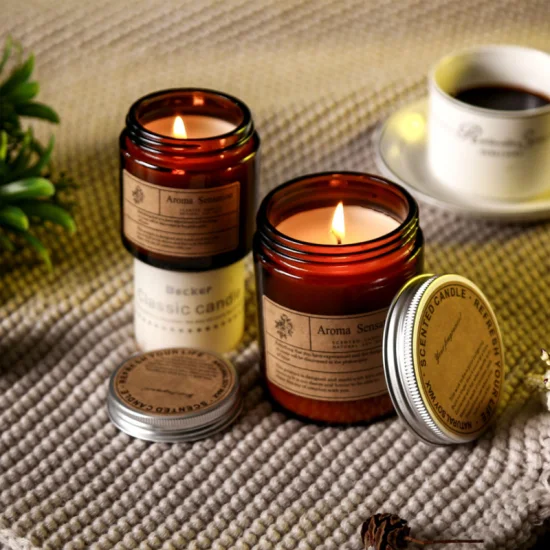 Conclusion
Conclusion
Determining the appropriate amount of fragrance oil for candles is essential to achieve a well-balanced and enjoyable scent throw. Considering factors such as candle wax type, desired scent intensity, and manufacturer recommendations helps in determining the fragrance load percentage. Calculating the actual amount of fragrance oil based on the weight of the wax ensures consistency and helps in fine-tuning the desired fragrance level. Conducting test burns, adjusting as necessary, and keeping records contribute to the development of personalized and well-fragranced candles. Embrace the creative process of adding fragrance oil to candles, enhancing the sensory experience and immersing yourself in delightful scents.
